Prof. Sheryl Boyle’s new book explores time, making, materiality
Associate Professor Sheryl Boyle is the lead author on a new book, Sense-Making: New Sensory Methods for Exploring the Past and Imagining Possible Futures, published in 2025 by Routledge.
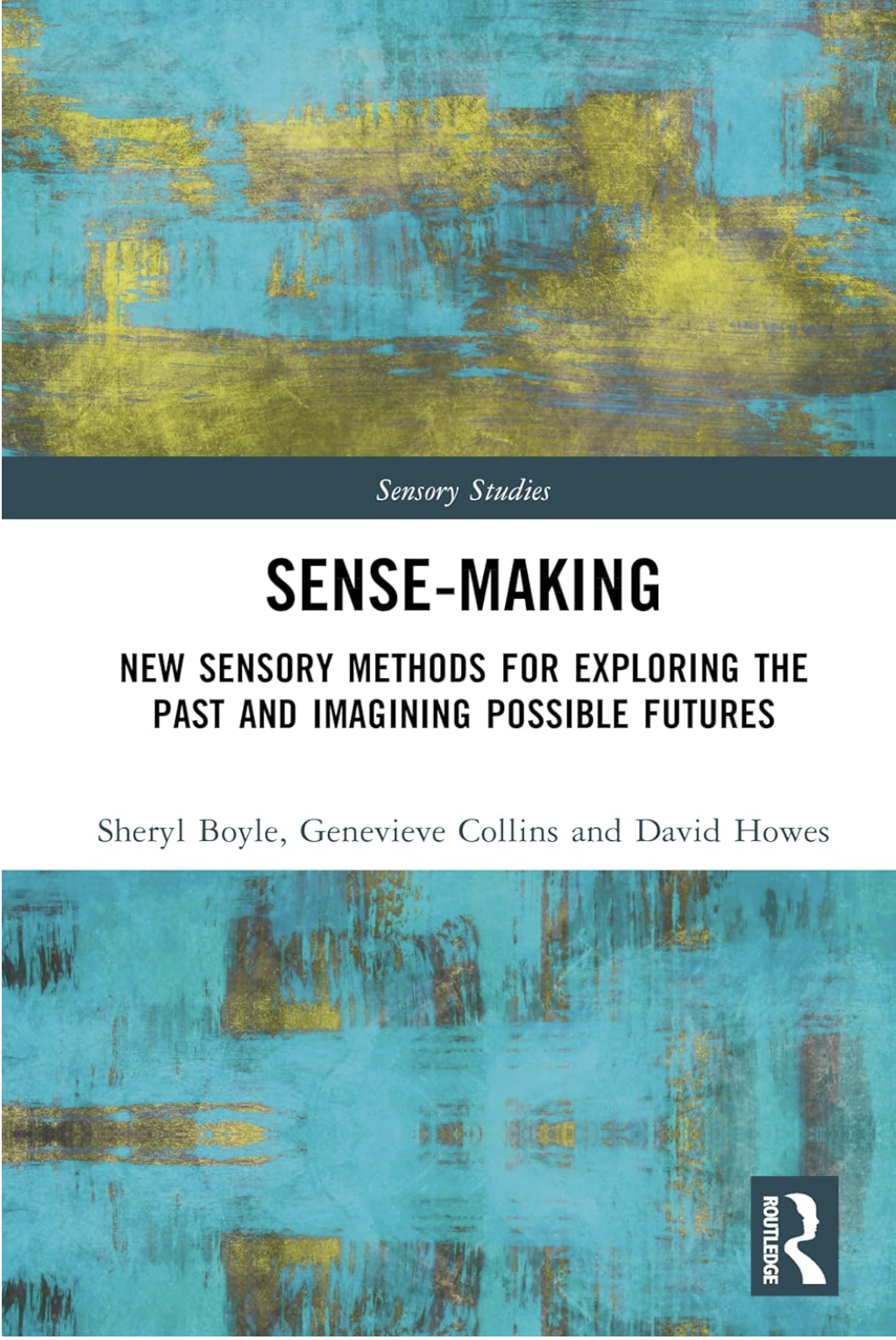
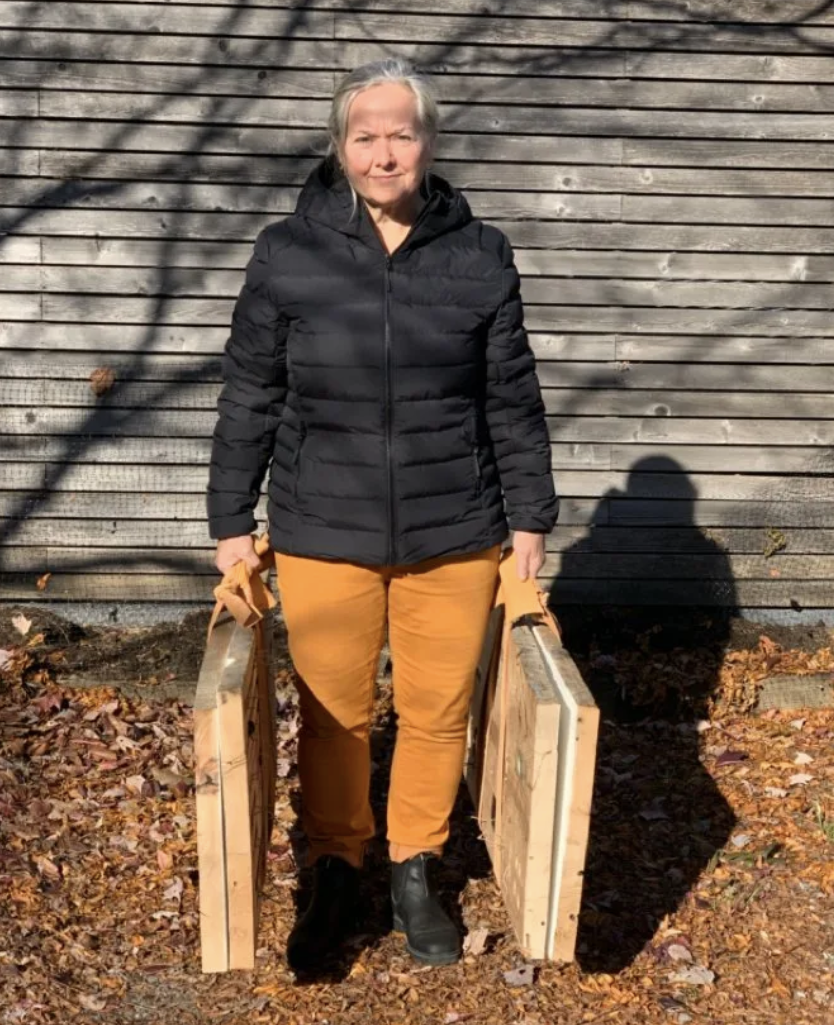
“This writing contributes new research into the junction between making and materiality and their relationship to people, place, and time,” she says.
Dr. Boyle is the director of the Carleton Sensory Architecture & Liminal Technology (CSALT) lab at the Azrieli School of Architecture & Urbanism, where she supervises research on immersive materials and innovative design and assembly processes.
The book’s co-authors are David Howes, a professor in the Department of Sociology and Anthropology and co-director of the Centre for Sensory Studies at Concordia University, and Genevieve Collins, who is completing a PhD in social anthropology with visual media from the University of Manchester, UK.
Boyle’s contribution details a methodology for understanding the past enmeshed with “making with,” or sympoiesis.
The book is a distillation of her PhD in the Humanities at Concordia University, which she completed in 2021 while teaching full-time at Carleton University and serving as director of the school for five years.
“After two decades of questioning the materials and methods of contemporary and historic building in my courses at Carleton, including Recycling Architecture, the exercises in Sense-Making came out of an interest in digging deep, sometimes literally, into materials and their meaning,” she says.
See plates and videos for the book here: https://www.sensorydesign.ca/sensemaking
Inspired by the inquiries of Ken Albala, the food historian who cooks his way to understanding historic cookery (rather than reading his way to food knowledge), Boyle felt that architecture should rest closer to the sensory domain of the culinary arts than graphic arts.
Boyle is also inspired by the teachings and ideas of Robin Wall Kimmerer in her books Gathering Moss (2003) and Braiding Sweetgrass (2013) and Paul Hawken’s overview of our carbon conundrum in Carbon – the Book of Life (2025), among others, in repositioning ways of knowing and defining human participation alongside communities of plants and animals, and others in intelligent co-creation and existence.
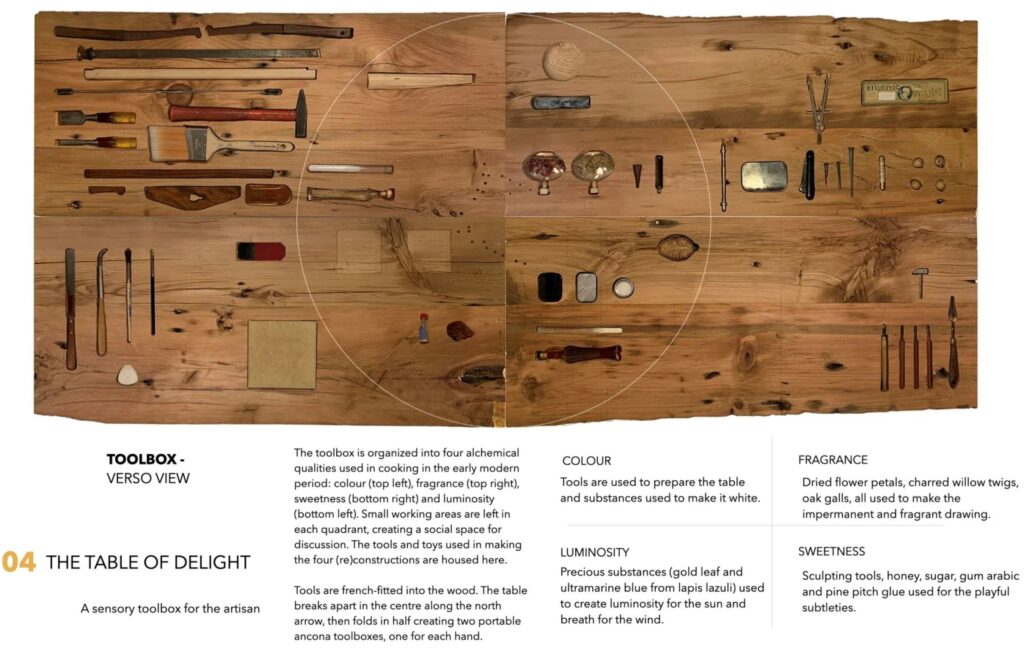
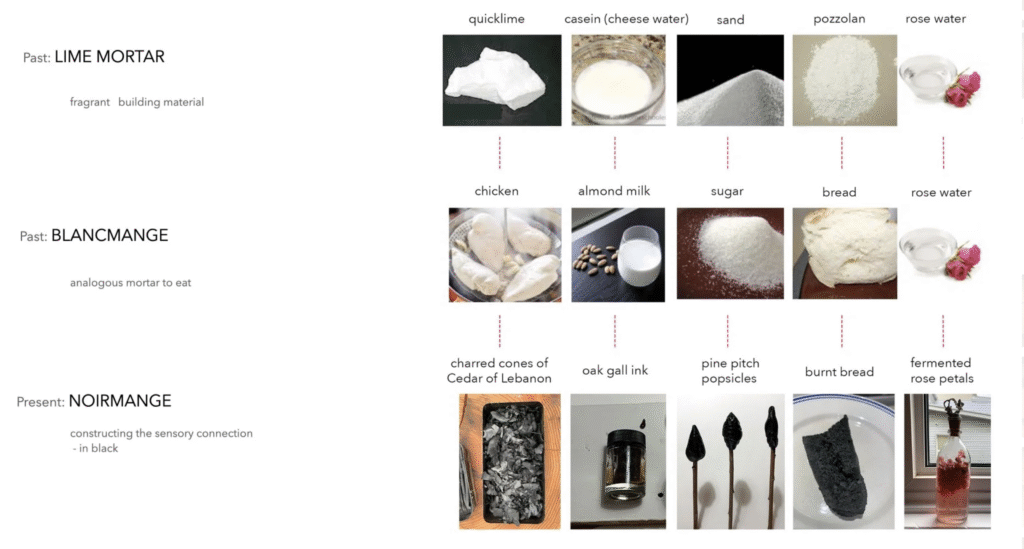
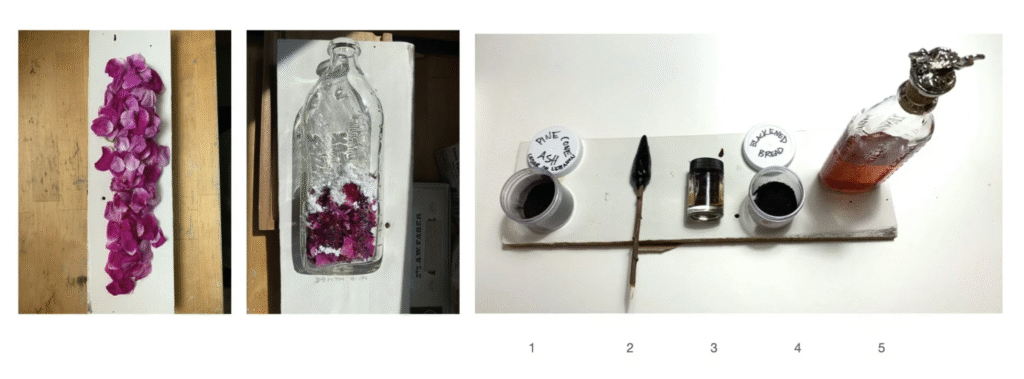
Boyle proposes that through diligent archival, material and spatial research, and performing material (re)construction exercises, one can enact a kind of material hermeneutics and get closer to the world of a work — a building, a community, and the objects of their creation – than what reading alone might afford.
“The process was successful, and indeed I discovered ways of knowing the spaces, materials, and people from history that would not have otherwise been possible,” she says.
Her (re)constructions include a pair of analogically linked things — a food, blancmange, and a building material, mortar — alongside a host of other made things that embody the intention of the maker, including paintings, tables, windows, walls, and buildings.
She describes discovering an otherworldly sense of time in these projects, defined by the seasons, the weather, the rhythm of her labours, and her intentions. Over the last nine years, Boyle sees her work slowly moving meaning out of “stuff” and into culture and community, a constructed socio-sensory world.
To test her proposition of a three-pronged methodology for understanding architecture of the past — environmental historiography, sensory (re)construction, and research-creation — Boyle’s text interrogates a building built at the cusp of mass global movement and colonial domination: Thornbury Castle in Gloucestershire, built between 1508 and 1521.

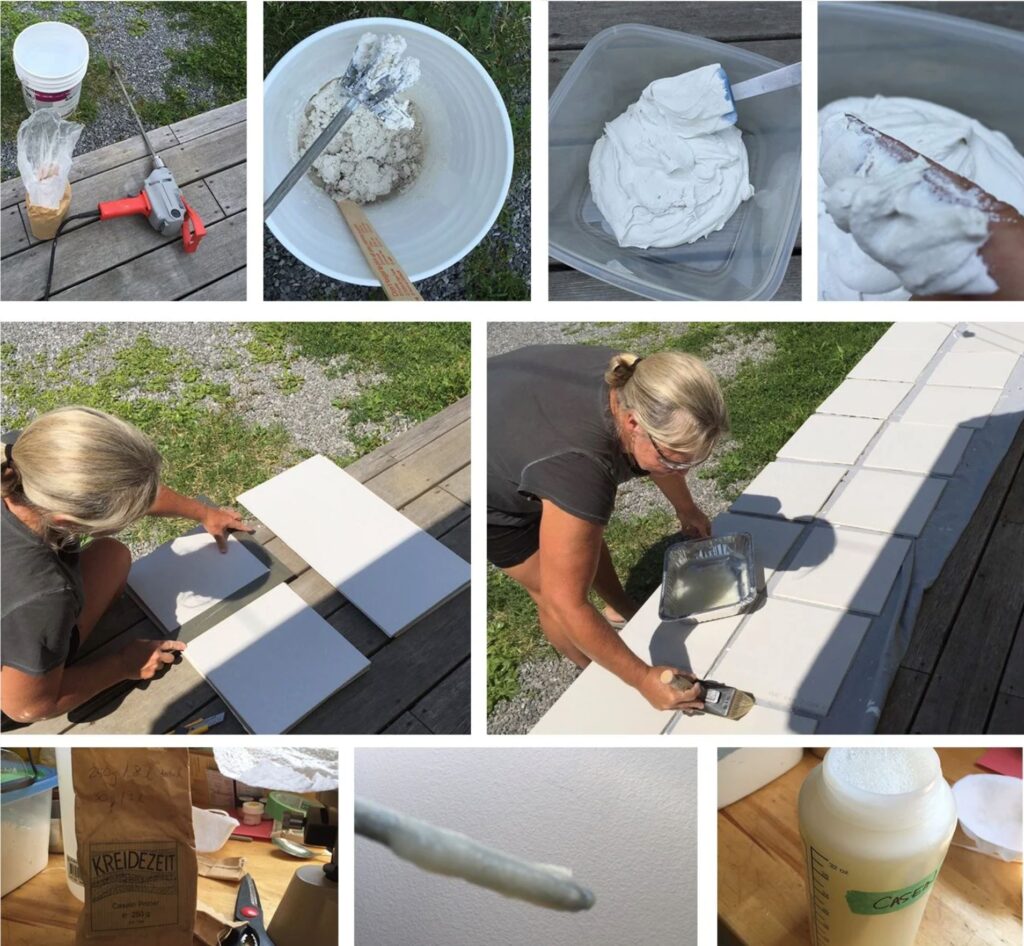
Boyle would like to thank the many colleagues, students, friends, and tradespeople who have made with her along the way, sharing provocative thoughts and ideas while sanding, chiselling, cooking, and constructing.